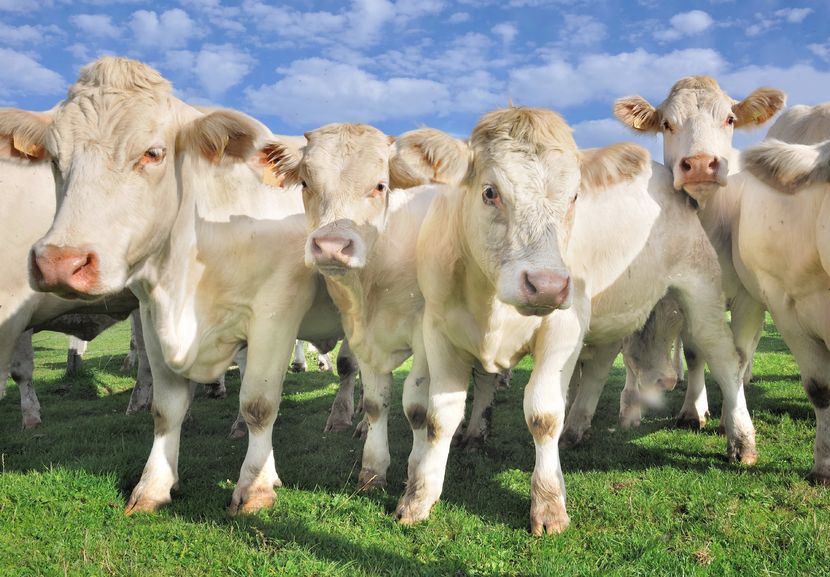
Simpler rules on livestock movements to be introduced in England from July, Farming Minister George Eustice announced today.
The changes, originally recommended by the Task Force on Farming Regulation, form part of the government’s on-going programme to boost UK food and farming’s productivity by cutting red tape and the time farmers spend on excessive form filling.
The new system for registering land on which livestock are kept will be run jointly by the Animal and Plant Health Agency (APHA) and Rural Payments Agency (RPA) and will also improve information about animal movements and land being used for livestock production, important for helping prevent and control diseases.
Under the existing animal movement regime, many farmers must report livestock movements to any other land they own or rent beyond a five-mile radius of their home farm.
The reporting automatically triggers a six-day lockdown – or ‘standstill’ – on the farm during which no animals can be moved.
There is also a raft of different rules for sheep, cattle and pigs under a complicated web of schemes, including the Cattle Tracing System Links and Sole Occupancy Authorities.
The new scheme, to be phased in over 12 months, will replace this complicated bureaucracy and all farmers will be able to move their animals around any land they have registered and are using within a 10-mile radius without the need for reporting, or standstills.
Reporting and standstill requirements for livestock movements to other farms or businesses will continue to apply.
'Farmers often face overly complex rules'
Farming Minister George Eustice said: "Farming is a fundamental part of our rural economy, producing food, providing jobs and generating over 100 billion a year for our economy.
"But our farmers often face overly complex rules and regulations.
"Making it simpler for them to understand what they need to do will help them follow the rules and improve our disease control capability by ensuring better information on animal locations is being recorded on Defra’s livestock location database.
"When a disease outbreak occurs, knowing where animals have been is fundamental to containing and eliminating it.
A 'positive step'
Charles Sercombe, Chairman of the NFU Livestock Board said: "I applaud these changes and we believe they have the potential to simplify the holding registration and livestock movement regime which has been a burden on the livestock industry for many years.
"Many of our members have indicated that this is a positive step and should clarify how they manage their businesses on a daily basis, without any loss of traceability and disease control measures."
Arik Dondi, of the Rural Payments Agency (RPA), said: "The RPA welcomes this move as it will rationalise and simplify the process for farmers and keepers.
"This shows that we have listened to the farming industry and responded with a system that’s easier to use and more effective."
'Reduce the reporting burden'
Simon Hall, Veterinary Director, Animal and Plant Health Agency (APHA) said: "These changes will make previously complex rules more clear and will reduce the reporting burden for many livestock keepers.
"These new changes will also aid disease prevention and outbreak control measures due to the improved livestock location data we will be collecting."
NFU livestock board chairman Charles Sercombe said: "I applaud these changes which have been a long time coming since the McDonald review proposals.
"We believe they have the potential to simplify the holding registration and livestock movement regime which has been a burden on the livestock industry for many years.
"Many of our members have indicated that this is a positive step and should clarify how they manage their businesses on a daily basis, without any loss of traceability and disease control measures.
"We still await the absolute detail and seek assurance that those producers that need CTS links and SOAs to manage their businesses will not be adversely affected."
From next month, livestock farmers will receive guidance about the rule changes.
